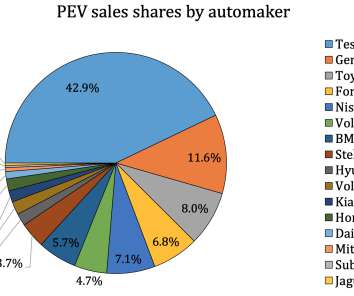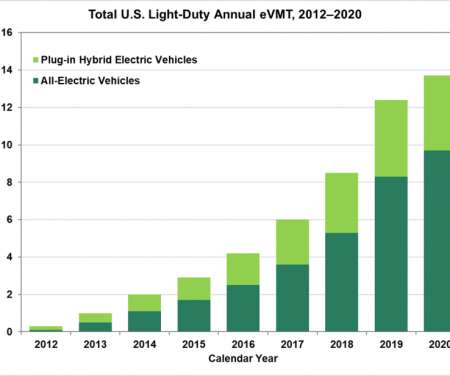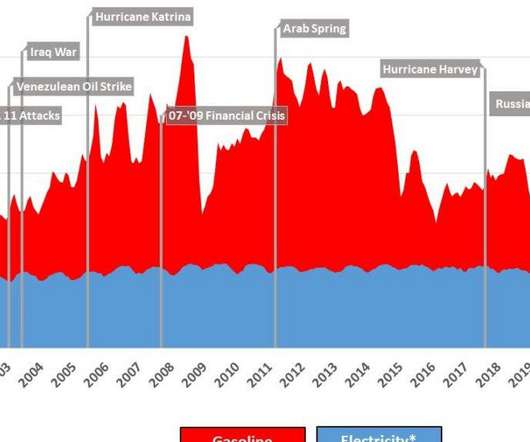Argonne report on characteristics of light-duty plug-in electric vehicles in US
Green Car Congress
NOVEMBER 22, 2022
A new report from a team at Argonne National Laboratory examines the changing characteristics for light-duty plug-in electric vehicles (PEVs) from 2010-2021, evaluating range, energy efficiency, costs, and performance. Sales shares of PEVs in the United States by manufacturer, 2011–2021. terawatt-hours of electricity to drive 19.1




































Let's personalize your content